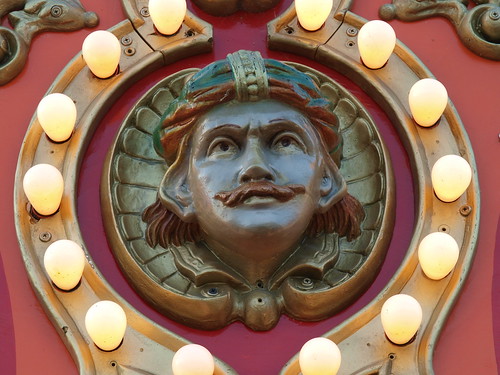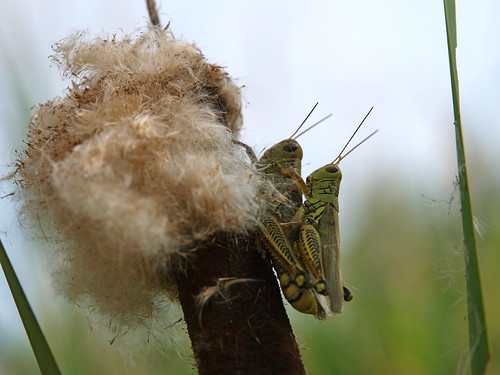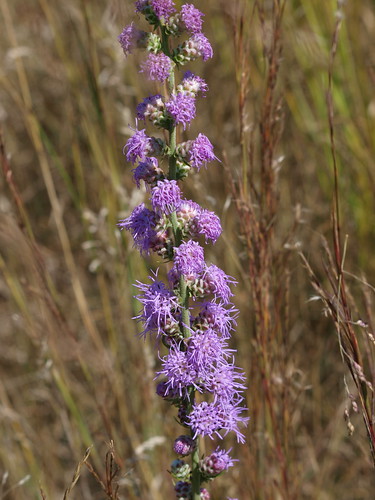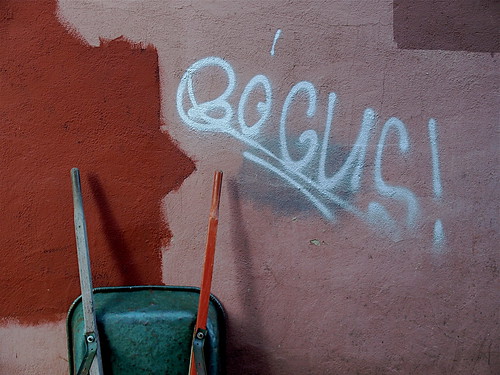He looks rather like a minor god of the carousel, but I can’t find any information about this guy.
The carving, lit to full effect, graces the Parker Carousel at Ella’s Deli on the east side of Madison. It is one of fewer than 75 operational, original carousels in the country. The carousel was built in 1927 in Leavenworth, Kansas, and operated in a park in North Tonawonda, New York for 20 years. When the park closed the carousel was dismantled and stored for years, and when brought to Madison, it required intensive restoration.
The carousel became operational in 1976 and has been a favorite of kids and adults alike for more than 30 years. I’ve taken quite a few spins of the ride myself, entertainment for my three kids. Okay, I admit it. Entertainment for me too. I love the slow spin, and the up and down horses (and camel) and keeping my eyes closed, listening to the pipe organ music.
You can almost imagine a scene out of the 1930s.














